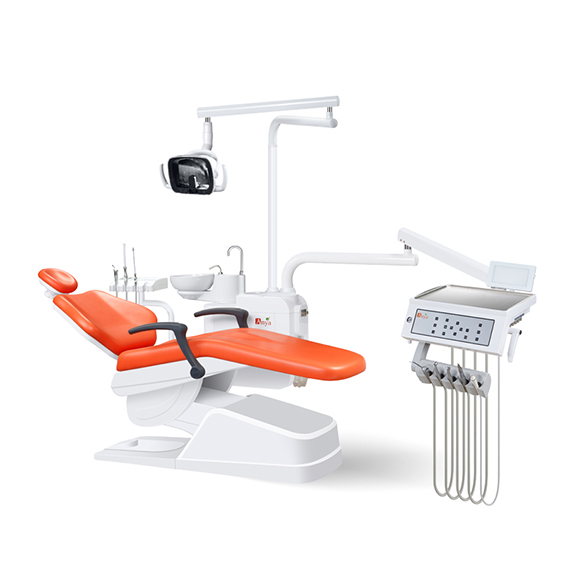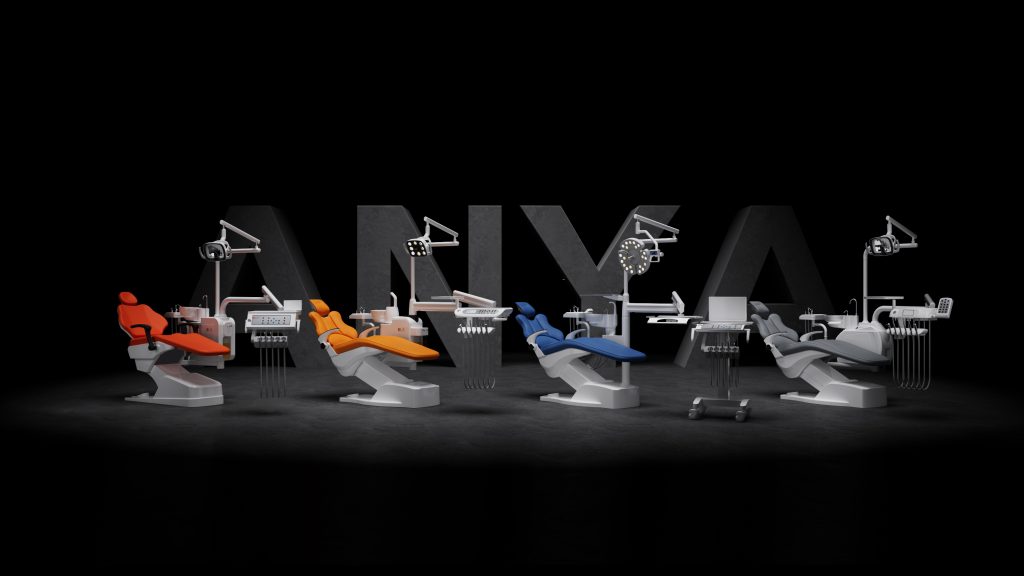
In the field of dentistry, the patient dental chair is a crucial piece of equipment, providing patients with comfort and support during their dental procedures. As a dental patient, the dental chair is not just a place to sit; it is a vital part of the treatment process.
Firstly, the patient dental chair is designed to be highly adjustable, allowing dentists to tailor the chair to the individual patient’s needs. Whether it’s the height of the seat, the backrest angle, or the positioning of the arms, the chair is designed to put patients at ease. This adjustment not only improves the comfort of the patient but also aids the dentist in their work, ensuring optimal access to the patient’s mouth.
Secondly, beyond its physical adjustability, the patient dental chair also plays a significant role in aiding in the psychological comfort of patients. Many patients may feel anxious or fearful when visiting the dentist, and the dental chair can serve as a source of comfort. The padded seat and backrest provide patients with a sense of security, while the adjustable headrest allows for a more relaxed and open position, making it easier for dentists to perform their work.
Lastly, as technology continues to advance, modern dental chairs often come equipped with additional features that enhance both the patient’s and dentist’s experience. Features such as built-in lighting, intraoral cameras, and even audio systems can help dentists communicate more effectively with their patients. These technological advancements not only improve patient care but also enhance the overall dental care experience.
In conclusion, the patient dental chair is more than just a place to sit; it is an integral part of the dental care experience. From its physical adjustability to its role in psychological comfort, and now with the addition of advanced technological features, the dental chair has evolved to accommodate patients’ needs and provide them with a safe, comfortable, and enjoyable dental care experience.

In the dental industry, the dental chair is a crucial piece of equipment, providing comfort and support for both the dentist and the patient. As technology evolves, the dental chair has become more advanced, offering a range of features that enhance the patient’s experience and improve clinical outcomes. However, with all these advancements comes a higher price tag. In this article, we will explore the factors that influence the cost of a dental chair, comparing different models and discussing the importance of investing in quality equipment.
The price of a dental chair varies widely, depending on factors such as brand, features, and quality. The cost can range from a few thousand dollars for a basic model to over ten thousand dollars for a high-end, fully-featured dental chair. When considering the purchase of a dental chair, it is important to identify your specific needs and budget. Do you require a basic model with basic functions, or are you looking for a more advanced chair with additional features? Are you willing to pay more for a higher-quality product that will last longer and provide better service?
There are several factors that can influence the price of a dental chair. One of the most significant factors is the quality of the materials used in manufacturing. High-quality materials ensure durability and longevity, providing better value for the investment. Another factor is the features included in the chair. Advanced features such as height adjustment, massage function, and adjustable armrests can add to the overall cost. The brand reputation also plays a role in pricing. Well-known brands often command a higher price due to their reputation for quality and reliability.
While a higher-priced dental chair may require a larger initial investment, it is important to consider the long-term benefits. A quality dental chair will provide years of reliable service, ensuring both patient comfort and clinical efficiency. Additionally, a well-made dental chair will require less maintenance and repairs over its lifespan, saving money in the long run. It is essential to prioritize quality when making this important purchase to ensure you get the most out of your investment.
In conclusion, the dental chair price is determined by various factors, including quality, features, and brand reputation. When purchasing a dental chair, it is essential to identify your specific needs and budget to find the perfect fit. Investing in quality equipment can provide years of reliable service and ensure both patient comfort and clinical efficiency. While the initial cost may be higher, the long-term benefits make it worthwhile to prioritize quality when making this important purchase.